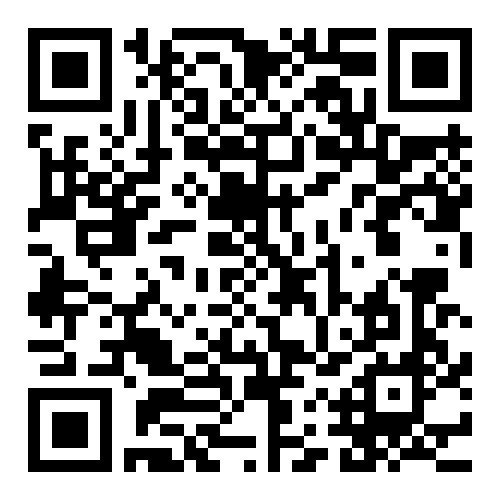
|
|
|||
|
|
|
|
|
|
|
|
All Health Checkup Packages
Packages By Speciality: General Health Checkup Cardiology Diabetology Paediatric Packages By Condition: Allergy Infertility Fever |
Packages For Organ: Heart Liver Skin Thyroid |
| Tests By Speciality | |
|
Cardiology
Diabetology Paediatrics Dermatology Endocrinology Gynaecology Haematology Nephrology |
Neurology
Oncology Rheumatology Surgery |
| Tests By Organs & Systems | |
|
Heart
Liver Lungs Kidney Bone Endocrine System Nervous System |
Thyroid
Skin Reproductive System Pancreas |
